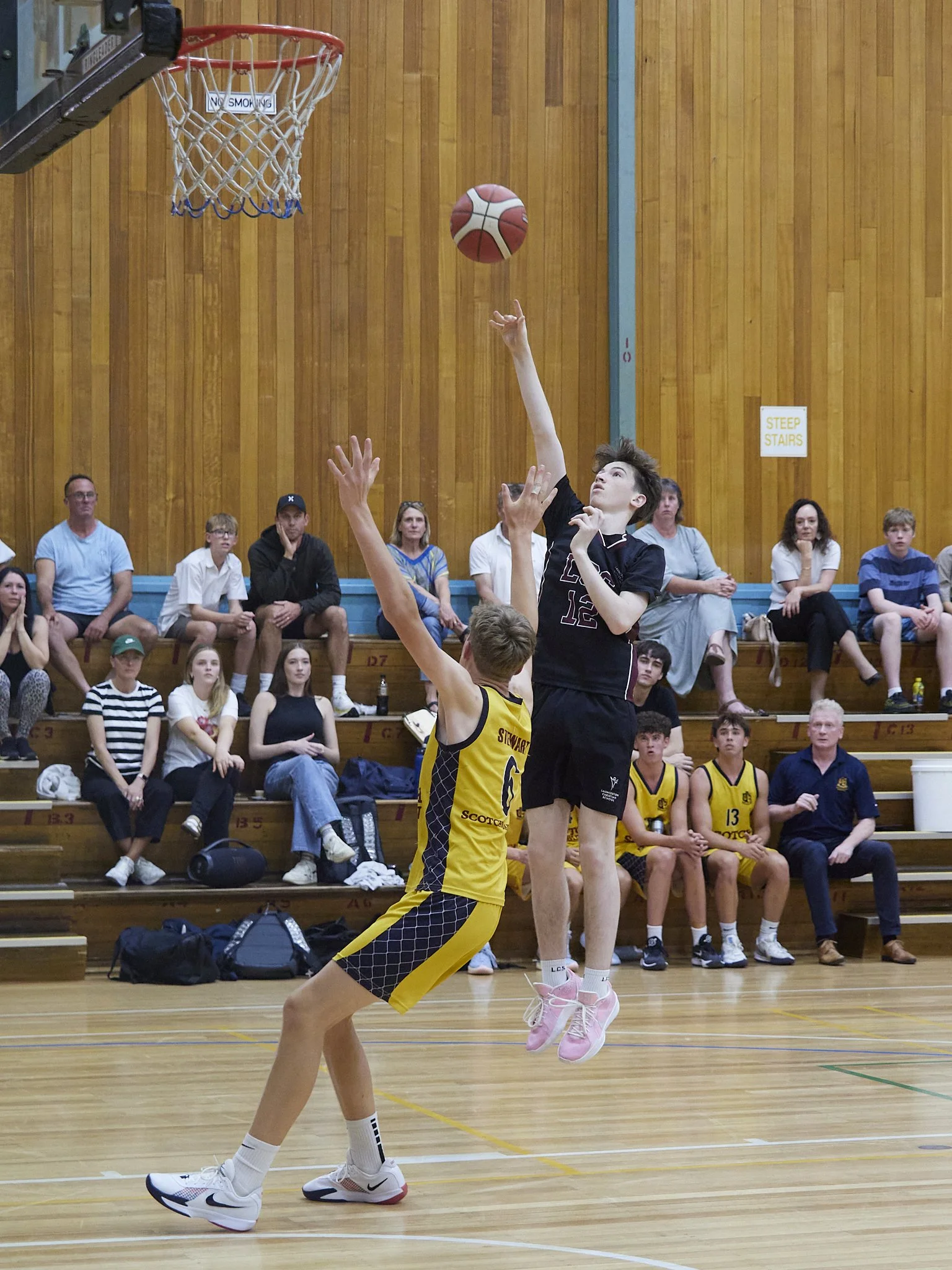In answer to a friend’s question and my own curiosity, but subject to memory limitations and in no particular order (* means I still have them), here goes;
It starts here, Canon T80, 1980’s retro abomination, AF on an FD mount, with super dumbed down (T50) style camera. Surprised I stuck with it actually.
Canon T90 (3), ground breaking super cams. Fixed every hurdle the T80 offered.
Canon F1n, the “brick”, complete with 12 AA battery motor drive and several prism screens.
Canon F1 old model (2), the other bricks that did not need batteries and had a softer shutter than the new one or the T90’s with mirror lock, I was going backwards looking for simple perfection.
Canon AE-1. Bought cheaply with some glass.
Canon A-1. Same.
Canon EOS 50e (2), my AF switch.
Canon EOS A2 (the American EOS 5 without eye AF).
Canon EOS 5.
Canon 10D (my first digital).
Canon 450D (2), my little work horses and an attempt to prioritise lenses over cams for weight.
Canon 550D. The above with more pixels.
Canon 50D. More serious.
Canon 60D.
Canon 5D Mk2.
Canon 5D Mk3 (had this for a week, before switching to a second EM5.1)
Canon 1Ds Mk2 (2), lovely cams and great sensors.
EOS 100D (2), tiny little cams, a bit of a favourite, but unwieldy with larger lenses. My last DSLR’s.
Olympus OM4Ti (2), twitchy electronics, but like the T90’s, ahead of their time.
Olympus OM2.
Olympus Pen (original half frame). Bought from a friend, who wanted it back later.
Olympus OM10, bought with a couple of sweet lenses.
Bronica 645, my first medium format all of my own.
Bronica 6x6 motorised, a later purchase in the digital era.
Bronica 6x6 basic.
Fuji 6x9.
Pentax 67, a local legend’s cam, his other went to the state museum. Beaten to crap and bought too dear, I sold it to break even.
Pentax ME Super (3), castoffs from a disgruntled film shooter, later sold in the film revival, paying for a Pixma Pro 10 printer.
Yashica 6x6.
Rollei 6x6.
Minolta SRT 101, like Leibovitz.
Yashica 35 fixed lens. Great lens, mostly horrible camera.
Contax 167, bought for the lenses mounted on a Fuji, the camera was past it.
Olympus Pen 3, my first M43.
Panasonic G6. Bought for the 14-140, but both sold to friends.
Panasonic GH2.
Panasonic GM1. Tiny, but maybe too small.
*Olympus EM5 Mk1 (4), two still going, two retired. My commitment cam in M43.
*Olympus EM10 Mk2 (2), still working and owe me nothing.
*Olympus EM1 Mk2, one close to terminal, one going strong.
*Olympus Pen F, just for me.
*Olympus EPM-2 (2).
*Olympus EM1x (3), my super cams of today.
*Panasonic G9 Mk1 (2) mostly stills, but ok for video.
*Panasonic G9 Mk2 for video and stills.
*Panasonic S5 for video.
*Panasonic S5 Mk2 for video and stills.
Panasonic LX-5 great little compact.
My grand fathers home made 5x7 (he was a local photo pioneer and chemist)
Several antiques gifted by friends etc
Nikon 28 Ti. Had this twice and let it go cheaply both times.
Nikon FM2 (2), my dream cams of the 80’s, ended up being gifted to and from me in the last decade.
Nikon F2
Nikon F100
Nikon D2h, as a curiosity and door stop, fallen from grace by cruel time.
Fuji XE-2 (2). Crappy AF, difficult RAW files, nice JPEG’s
Fuji XA-1 (Fuji colours without all the sensor weirdness)
Fuji XT-1. Short term serious commitment to Fuji, until M43 won out.
Sony NEX 5n.
Sony NEX 7, the first 24mp crop frame, hooorrible menus, lovey mono files.
Sony Alpha A77, won as a prize and sold to a friend.
Olympus E620 DSLR bought with an amazing kit of lenses.
Mamiya 35mm cam (forget the model).
Nikon D750 and D300 issued by the paper, but never used by me.
Canon XTb, the non-pro old F1.
EOS 620, for a fleeting moment of early Canon EOS AF, but I had better cams.
(Used for my first job) A 4x5 Sinar, do not remember the model, maybe a P2.
(Used for my first job), several Hasselblad cams, including a 500 series, a focal plane shutter 2000 model and fixed wide angle SWC, almost owned the wide angle.
(Used for my first job), Nikon F4, F5, F90.
This is subject to psychiatric analysis and future editing as I recall more. The only ones that actually died on my watch are two EM5’s and soon an EM1 Mk2.
Favourites?
Old F1’s, T90’s, EOS 1Ds Mk2’s, EM1x’s, G9 Mk1’s.
Cams I missed out on?
Contax S2 which I still consider the near perfect camera, Nikon FM2’s when I needed them, the Hasselblad SWC, Fuji 6x8.
Lenses?
No way, not enough time or memory space for that one, but fair to say, lenses often drove camera purchases one way or the other.

























































































































